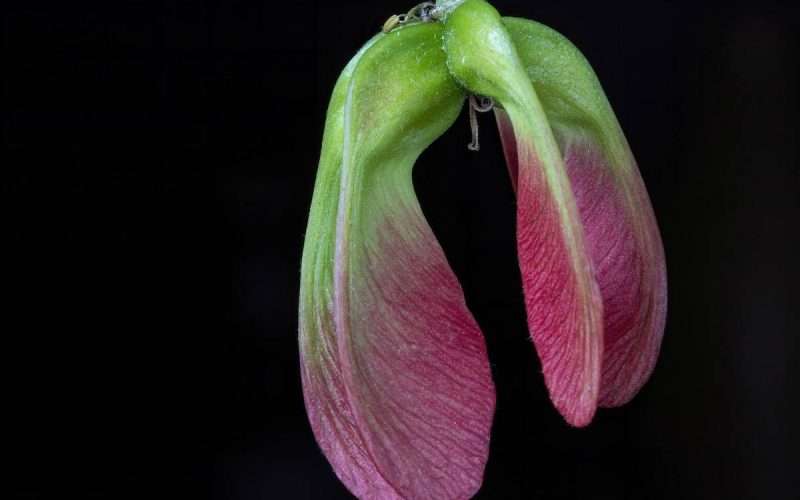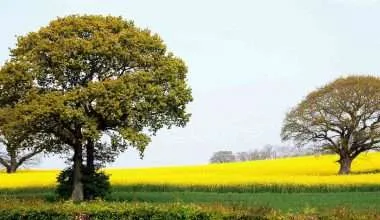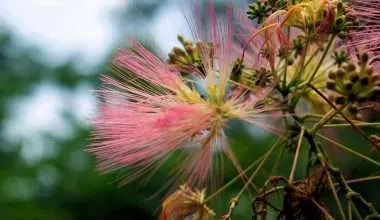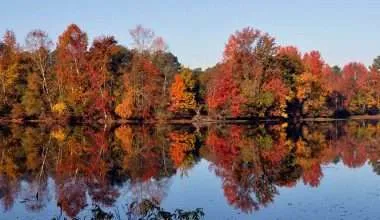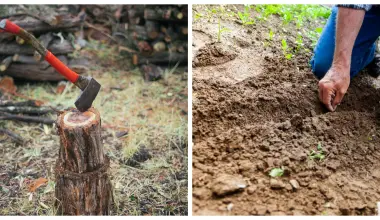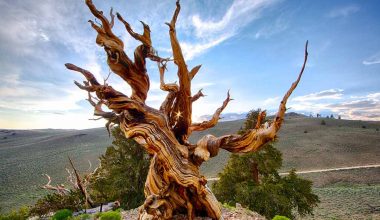Table of Contents Show
Many gardeners and environment enthusiasts adore Samara fruit, often known as helicopter seeds. These papery winged seeds make excellent toys and nibbles. Samaras are dry fruits, not soft fruits like apples or cherries. The seeds are wrapped by a papery wing that spreads the seeds farther than most other fruit seeds when the wind blows.
Sometimes these seeds are also known as winged seeds, spinning jenny, whirligig, whirlybird, and even wing-nut. While some of these names make it easy to understand what’s so special about these fruits, their official botany name is actually samaras.
Although many different tree species produce these samaras, most of them are structurally different enough to be classified by the tree that they came from. The most common sources of these samaras are some of the maple trees, the ash tree, the elm tree, the common hoptree, and various others.
Although there are quite a handful of tree species that produce these samaras, our focus for this article is on the 4 different types of maple trees that produce the helicopter seeds as, as they are better known.
What are helicopter seeds?
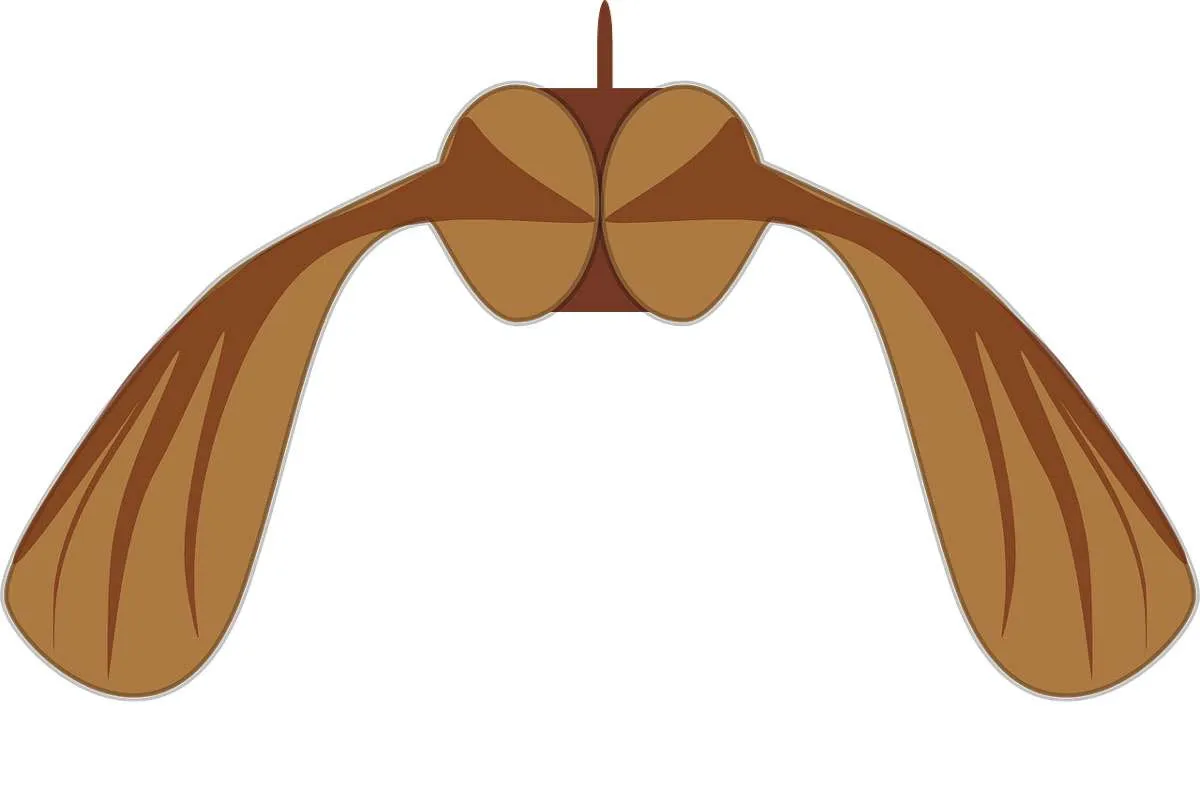
Before we delve into which species of trees it is that actually produces these unique seeds, we must understand what exactly helicopter seeds are.
These so-called ‘helicopter seeds’ are often synonymous with the name maple seeds due to the large number of maple trees that produce them. For clarity, however, it is imperative to understand that it is not just maple trees that produce these seeds. In fact, quite a few other tree species also produce these seeds.
The helicopter seeds, more than anything else, are an evolutionary advancement in trees. Most trees rely on different methods and strategies to disperse their seeds and increase their spread. One common mode of seed dispersion is wind. In this method trees rely on the wind to carry their seeds further in order to increase the land that they dominate.
Over the years as trees evolved the structure of their seeds evolved as well. In this case the seeds evolved to form a light papery structure that can glide in the air and travel a greater distance. This ensures that the seeds spread out further away from the plant.
What this spreading of seeds achieves is a lack of competition for food and nutrients amongst trees of the same species. Therefore, this allows for the trees to grow better since they each have more nutrients.
The mere fact that so many different tree species produce samaras means that this genetic evolution is truly beneficial to trees. That is why so many trees have developed this trait. Though the helicopter seeds have a different structure in each tree. The difference in structure also affects the distance that the seed travels.
The word ‘Samara’ refers to each portion of the conjoined two sides, which merge to reveal two casings, two seeds, and a structure that resembles a small pair of wings flying down to the sky. This paper thin, winged structure is what allows the seeds to spin through the air like a helicopter.
You may even instead regard them as individuals who have been split in two by winds, animals, or other natural causes. It is not uncommon for most samaras to appear as split individuals.
Other trees that produce a similar sort helicopter seed are often only able to generate only one-sided wings. Maples are unique in that regard as their seeds are real ‘helicopters,’ both in structure and in how they descend from the canopies.
4 Maple Trees that Produce Many Helicopter Seeds
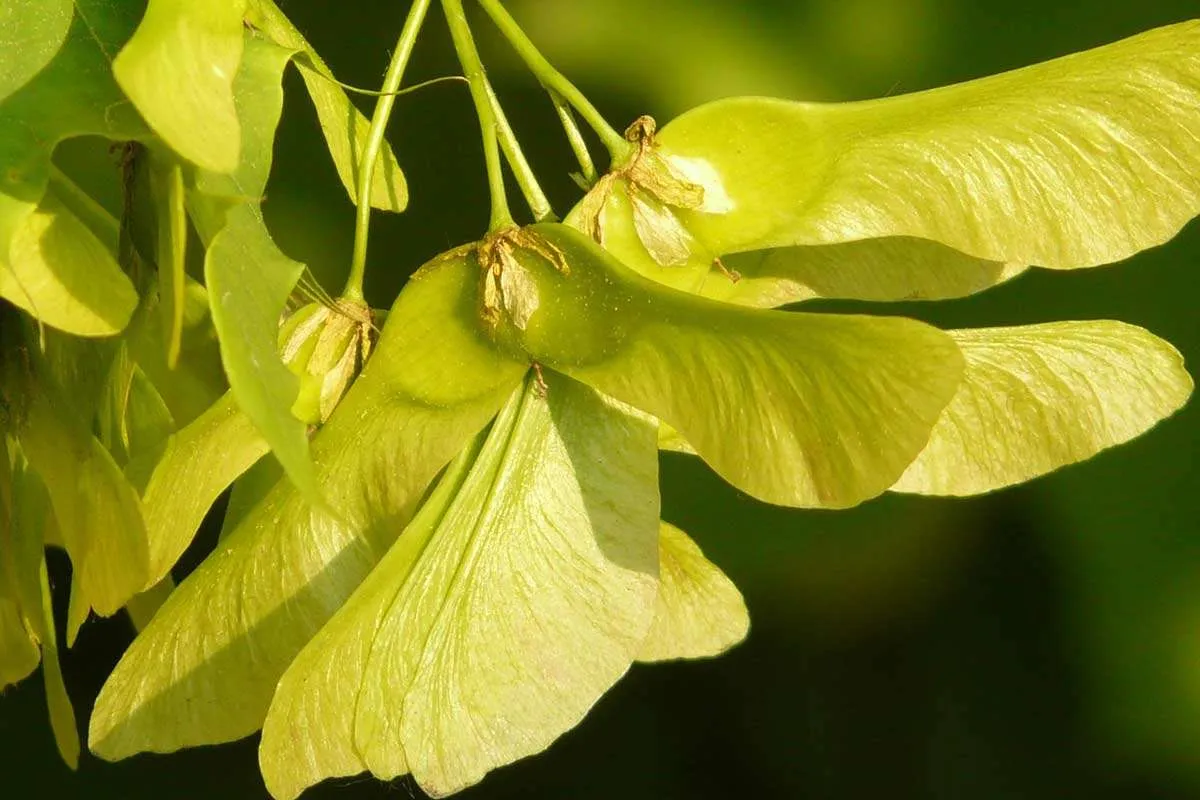
Not only do various different types of trees produce different types of samaras, they also produce varying amounts of these seeds. Even amongst the maple trees there are species that produce a significantly larger number of seeds when compared to others.
Following are the 4 maple trees that produce the greatest number of helicopter seeds when compared to any other maple tree.
1. Red Maple Trees (Acer Rubrum)
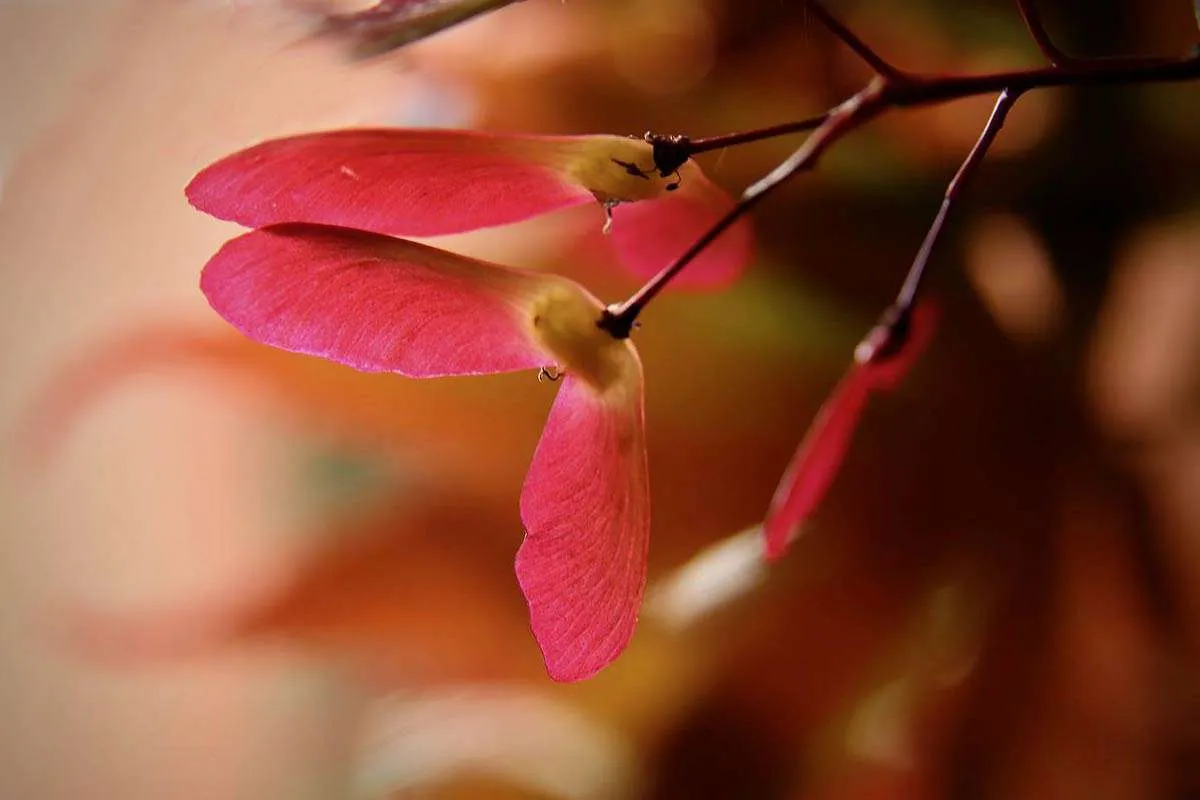
The red maple (Acer rubrum) is a native tree of the eastern and north-central United States that grows faster than Norway or sugar maple but considerably slower than silver maple. It is the state tree of Rhode Island and is often a great choice to add some unique colors to your garden.
It grows 40 to 70 feet tall and spreads 30 to 50 feet wide, with a rounded-to-oval crown. Red maples are chosen for their brilliant red, orange, or yellow fall leaves. Along with bright autumn foliage, the red maple trees’ young branches turn a splendid, bright red color in the winter season. This annual cycle of branches turning from bright green to bright red is a nice compliment to changing colors of the leaves.
The flowers produced by the red maple tree are often red, but can be yellow, and bloom in enormous clusters from March to April, or earlier in cooler areas. The leaves are dark green on top and gray green on the bottom. Samara fruits are crimson in hue and produce a two-winged helicopter seed.
The easiest and most straight-forward way to distinguish samaras from the red maple tree is by the red color. The red maple helicopter seeds are the only ones that actually sport a red color. Most other helicopter seeds are usually some shade of green.
2. Silver Maple Trees (Acer Saccharinum)
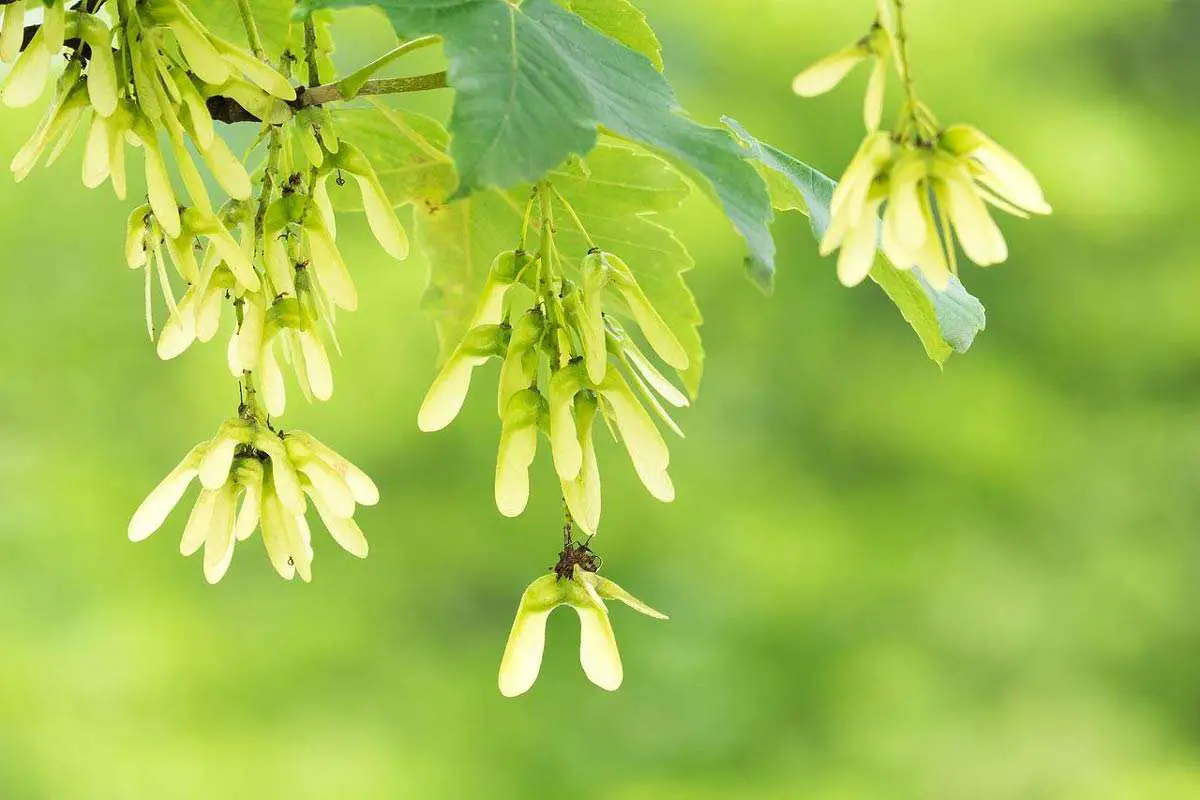
Silver Maple (Acer saccharinum) is another popular breed of tree in America. In fact the silver maple may just be the most common tree growing on American soil.
This tree is most famous for its silver undertone. This is a silver hue found in the undersides of the leaves produced on the tree. The silver maple tree, like the red maple, is also famous mostly for the unique color that accompanies it, though this is not the only reason for its popularity.
The silver maple grows 2 feet or more every year, reaching 50 to 80 feet tall and about 40 to 60 feet broad depending on the region that tree is growing in. Silver maples are also widely popular for their capacity to live in standing water for extended periods of time, yet being relatively drought resistant. This allows the tree to be easily grown in home gardens without much maintenance.
These trees, which are commonly planted along river banks or the borders of other rivers to reduce erosion, can withstand high water levels in the spring and receding water in the summer. In the early spring, clusters of greenish-yellow to crimson blooms appear. Their flying seed couples proliferate and will drop and grow in any open soil.
One of the more unique features that makes the silver maples so special is their sap. The sap that these trees produce is sweet. This is a unique feature even amongst maple trees. Most maple trees, including the red maple tree, produce a sap that has to be processed and artificially sweetened. This, however, is not the case with the silver maple tree.
The sap produced by the silver maple tree is quite sweet and is said to have a butterscotch undertone in flavor. This allows for various breakfast treats to be created and enjoyed by the common American folks.
3. Norway Maple/Harlequin Maple (Acer Platanoides)
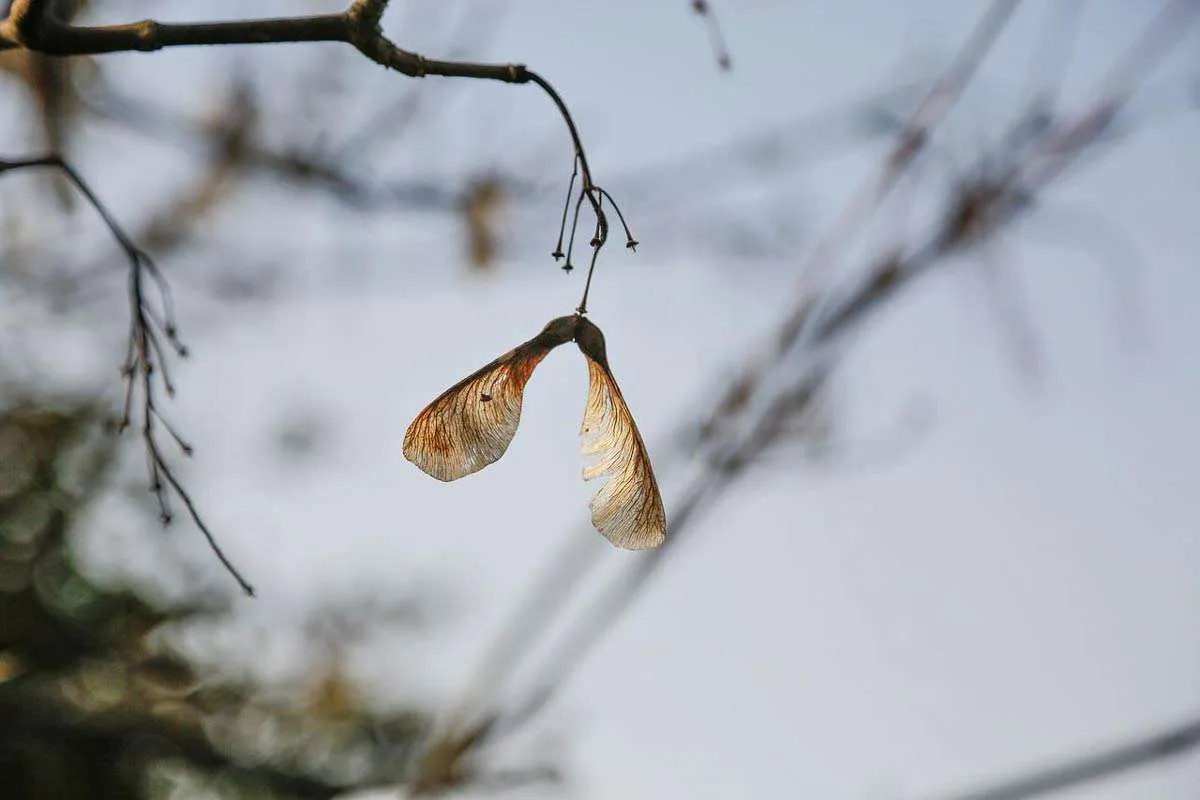
Harlequin Maple (Acer platanoides) is another name for Norway Maple (Acer platanoides). This non-native is an invasive plant that spreads quickly by seed into native woods. It is not as popular as some of it’s other relatives, though that is mostly because the Norway maple does not have any bright, unique colors.
Instead what this tree really is famous for is being extremely invasive. The trees grow relatively large and produce a lot of seeds. What truly makes this an invasive species is the fact that the tree produces an abundance of seeds, as well as the distance that the said seeds travel.
The helicopter seeds produced by the Norway maple tree have rather large paper-like wings that allow the seeds to travel a greater distance than many other similar helicopter seeds. This is why the Norway maple is extremely invasive and can be a pain if one is growing in your backyard.
The Norway maple resembles the natural sugar maple tree, but because of its capacity to withstand shade, it spreads quicker and more invasively. This huge deciduous tree may grow up to 60 feet tall and has a thick canopy that absorbs light from native maples. Flowers that bloom in May are flat-topped upright yellowish-green clusters with green foliage. In the fall, the green foliage becomes yellow.
4. Japanese Maple (Acer Palmatum)
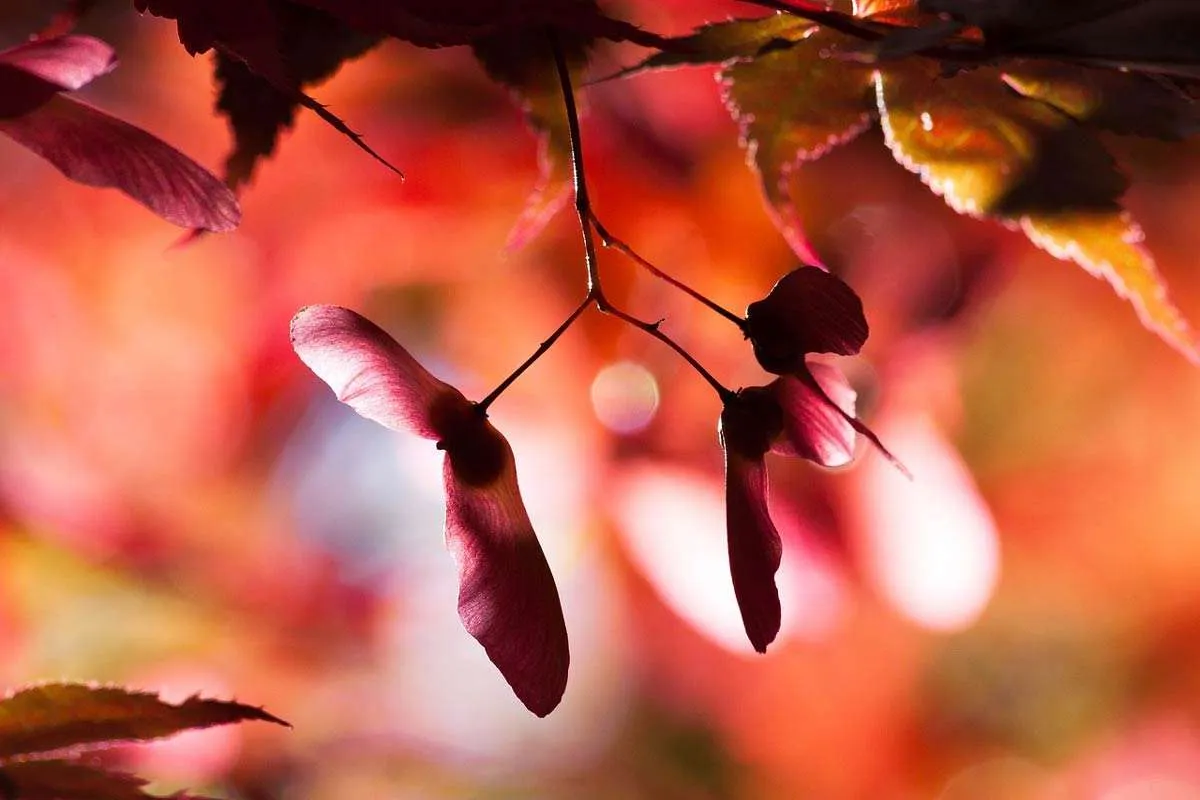
The Japanese maple tree (Acer palmatum), known for its lovely foliage, has leaves with five to nine distinct palmate lobes. They can be green or red, depending on the kind. Autumn leaves turn a vivid crimson, orange, yellow, or purple. Some kinds have broad lobes, while others are delicately divided and seem lacy.
All this versatility in the very structure and appearance of the tree is where most of the tree’s fame comes from. Being this versatile, almost every tree will have some unique features. This refers to how each individual Japanese maple tree is slightly unique and doesn’t look quite lille the neighboring trees.
It is not just the colors that the trees sport that vary, but the growing patterns and even leaf size vary in individual trees. The foliage, leaves, growth and branching pattern; all may vary in just neighboring trees.
Japanese maple blooms are tiny and scarlet or purple, giving place to samara fruit that is half an inch long. This tree is typically 15 to 25 feet tall and broad. The form is typically spherical, however some kinds have a weeping shape.
When do the Helicopter Seeds Appear
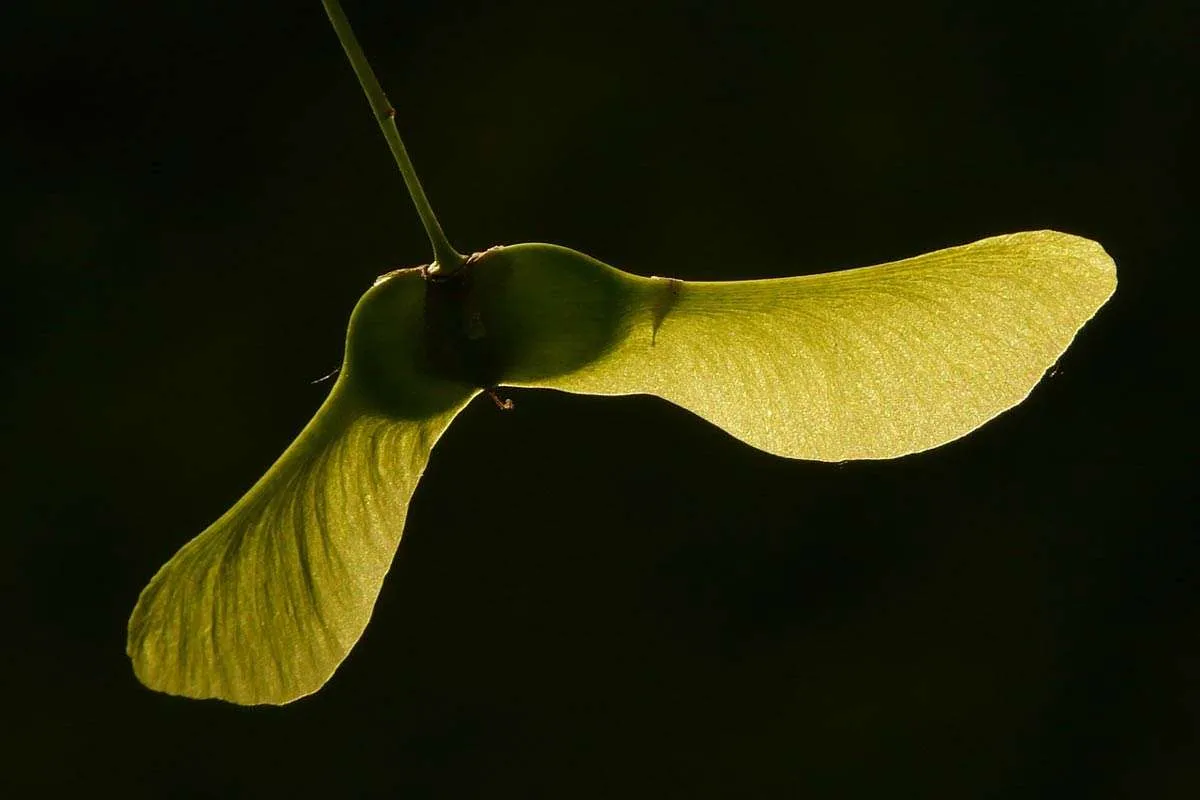
Helicopter seeds, sometimes known as “samaras,” sprout and fall just once a year. In late spring to early summer, the seeds fully develop and begin to fall off maple trees, much like leaves in the fall.
How to Optimize Helicopter Seed Growth for your Garden Trees
While the genetics of your tree is what determines the exact number of seeds, or even the types of helicopter seeds that your tree will grow. There is still quite a bit that you can do to help optimize this. It is after all the environmental factors which enable genes to be used to their full potential.
That being said, most of what you can do to maximize your trees’ seed growth are the common things most gardeners already do. The following are small tasks that will increase the growth of your trees’ seeds.
1. Using the Appropriate Soil
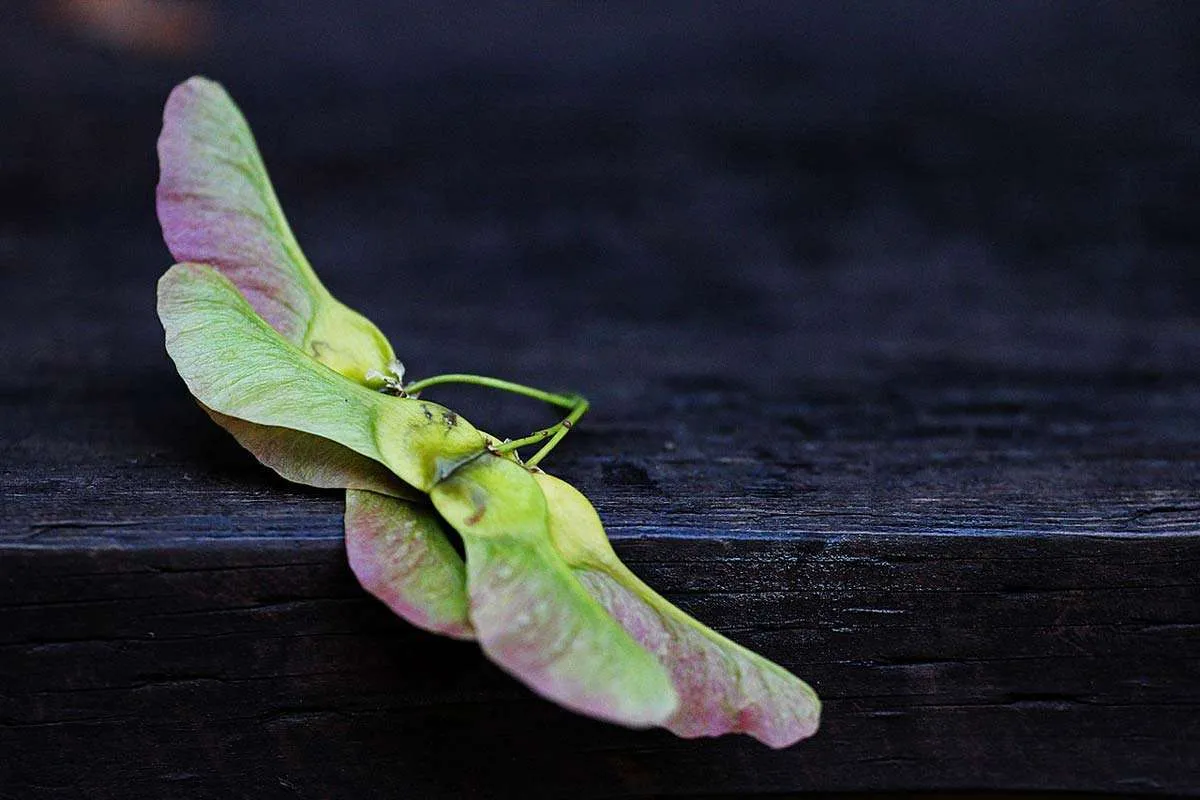
While most maple trees require a similar rich porous, well drained soil, some may have some special needs. It mostly depends on the species of maple that you plan on growing. That is why it is always important to research the particular tree species that you are growing and arrange for the appropriate soil for best tree growth.
2. Using Fertilizers
Another important common task that aids in the growth of trees is the use of proper fertilizers. Your trees and hence, the seeds require nutrients to grow. These nutrients are absorbed by the tree’s roots and used throughout the plant. One way to ensure that your tree has an ample supply of nutrients is to add fertilizers regularly so that your tree can have all the nutrients it needs for optimal growth.
3. Water Your Trees
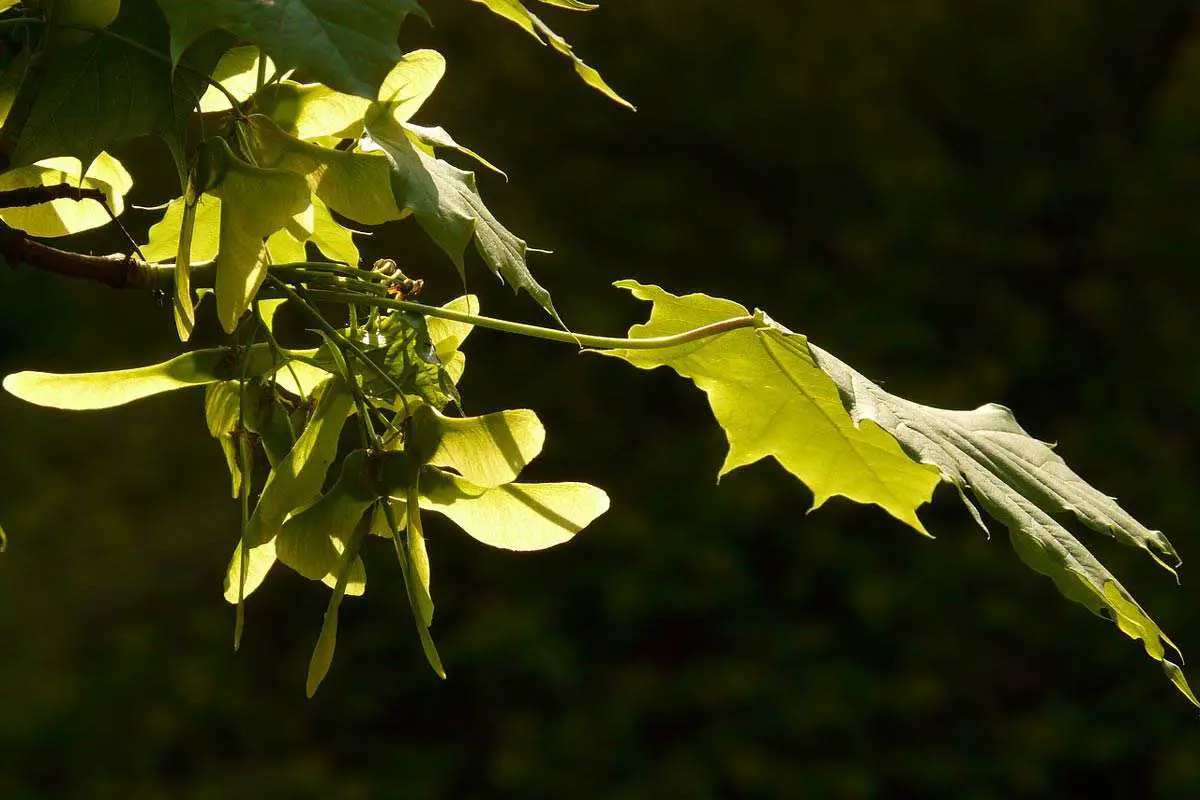
This may be a bit obvious. Of course your tree needs water. However, with maple trees you need to be careful. The age and location of the maple tree is what determines how much water your maple tree needs. It is a good practice to research how much water your particular tree needs and set up a schedule. If scheduling is difficult, you can always get an automated irrigation system that will appropriately water your trees for you.
4. Selectively Prune Your Trees
It is definitely necessary to prune your trees so that they can grow their best. However, there is a thing such as overdoing the task. While pruning your tree is helpful, overdoing it will cause adverse effects in its growth. That is why you need to selectively prune your tree with going too much overboard.
